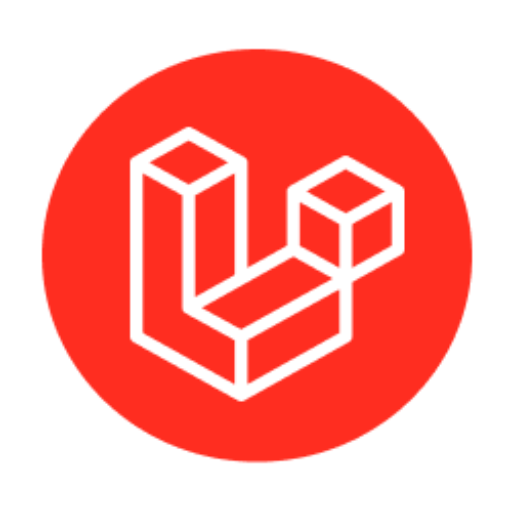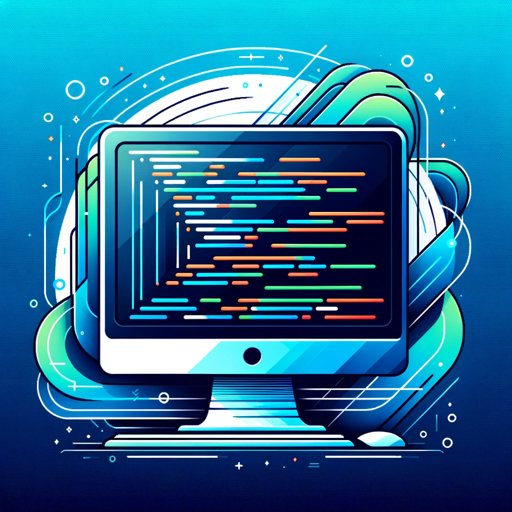Full Stack PHP & Laravel-PHP & Laravel development tool
AI-Powered PHP & Laravel Development Tool
¿Cómo puedo optimizar el rendimiento de una aplicación Laravel?
¿Cómo integrar MongoDB con Laravel?
¿Puedes ayudarme con una consulta SQL compleja?
Related Tools
Load More
Laravel Engineer
Provides expert help for Laravel development questions and challenges.

Laravel Expert
Professional Laravel developer with Laravel Nova expertise.

Lara PHP
Advanced PHP and Laravel IT professional.
PHP Laravel Expert
Expert in PHP, Laravel, Stripe Integration, Vue, React

Laravel Guru
Your friendly Laravel and PHP guide, eager to clarify.

Laravel, Filament, Livewire expert
Experimental ChatGPT variation with knowledge about Laravel, Filament and Livewire (from the documentation)
20.0 / 5 (200 votes)
Introduction to Full Stack PHP & Laravel
Full Stack PHP & Laravel is designed to be a comprehensive solution for backend development, leveraging the robust capabilities of PHP and the Laravel framework. It focuses on providing a structured, efficient, and scalable approach to building web applications. Laravel, known for its elegant syntax and developer-friendly tools, allows for the rapid development of both simple and complex applications. Examples include creating RESTful APIs, managing complex database interactions with Eloquent ORM, and implementing modern authentication systems using Laravel Sanctum or Passport.

Main Functions of Full Stack PHP & Laravel
Routing
Example
Defining routes in Laravel is straightforward and supports RESTful routes, route groups, and middleware.
Scenario
A developer needs to set up various endpoints for a blog application, including routes for displaying posts, creating new posts, and managing user comments. Laravel's routing system simplifies this process, making it easy to handle complex routing requirements.
Eloquent ORM
Example
Eloquent provides an easy and intuitive way to interact with the database using an ActiveRecord implementation.
Scenario
When building an e-commerce platform, developers can use Eloquent to manage products, orders, and customer information, allowing for smooth and efficient database operations and relationships.
Artisan Console
Example
Artisan is the command-line interface included with Laravel, providing a number of helpful commands for development tasks.
Scenario
A developer can use Artisan to run database migrations, seed the database, clear cache, and even create new controllers and models quickly, streamlining the development process.
Ideal Users of Full Stack PHP & Laravel Services
Individual Developers
Freelance developers or solo developers working on small to medium-sized projects benefit greatly from Laravel due to its simplicity and powerful features. The framework's extensive documentation and active community support make it easy to learn and implement best practices.
Development Teams
Teams working on enterprise-level applications find Laravel's structured approach, scalability, and comprehensive ecosystem (including packages for handling various aspects like authentication, billing, and more) incredibly valuable. It ensures consistency, reduces development time, and enhances collaboration.

How to Use Full Stack PHP & Laravel
Visit aichatonline.org for a free trial without login, no need for ChatGPT Plus.
Navigate to the website aichatonline.org and access the free trial feature without any login requirements or the need for a ChatGPT Plus subscription.
Set Up Your Development Environment
Ensure your local machine has PHP 8.x, Composer, and a web server like Apache or Nginx. Follow the Laravel installation guide to set up your environment.
Create a New Laravel Project
Use Composer to create a new Laravel project with `composer create-project --prefer-dist laravel/laravel project_name`.
Configure and Customize
Set up your .env file with database configurations and other environment-specific settings. Customize your project by creating models, controllers, and views as needed.
Deploy and Test
Use Laravel's built-in testing tools like PHPUnit and Laravel Dusk for testing. Deploy your application using tools like Docker, GitHub Actions, or other CI/CD pipelines.
Try other advanced and practical GPTs
Full Stack Architect
AI-powered guidance for full-stack development

Full Content
AI-powered Precision Script Timer and Segmenter

Full Video Transcript GPT
AI-powered video transcripts made easy.

Creative Partner
AI-Powered Creativity for Advertising and Branding

Creative Writer
AI-driven creativity at your fingertips

Credit Report
AI-powered assistant for credit and finance.

Desarrollador Full Stack
AI-powered code and server assistant

Game Builder AI
AI-powered game creation in minutes

Pine Script Coding AI for TradingView
AI-powered Pine Script generation for TradingView

Incredible IT Support - E-mail Editor
AI-driven email refinement for professionals.

art
Create stunning art with AI precision.

Information Architecture (IA) Diagram
AI-powered Information Architecture Designer

- Web Development
- Security
- Database Management
- Testing
- API Development
Frequently Asked Questions about Full Stack PHP & Laravel
What are the prerequisites for using Laravel 10?
To use Laravel 10, you need PHP 8.1 or later, Composer, and a web server like Apache or Nginx. Additionally, tools like Node.js and npm are recommended for frontend development.
How do I handle authentication in a Laravel application?
Laravel provides built-in authentication scaffolding with packages like Breeze and Jetstream. You can also use Laravel Sanctum or Passport for API authentication.
What are some best practices for database interactions in Laravel?
Use Eloquent ORM for database interactions, utilize migrations for schema changes, seed your database with initial data, and use query builders for complex queries.
How can I improve the performance of my Laravel application?
Implement caching using Redis or Memcached, optimize database queries, use queues for time-consuming tasks, and leverage Laravel's built-in tools like caching and route optimization.
What testing tools does Laravel provide?
Laravel offers PHPUnit for unit testing, Laravel Dusk for browser testing, and tools for HTTP testing. You can write and run tests using Artisan commands.